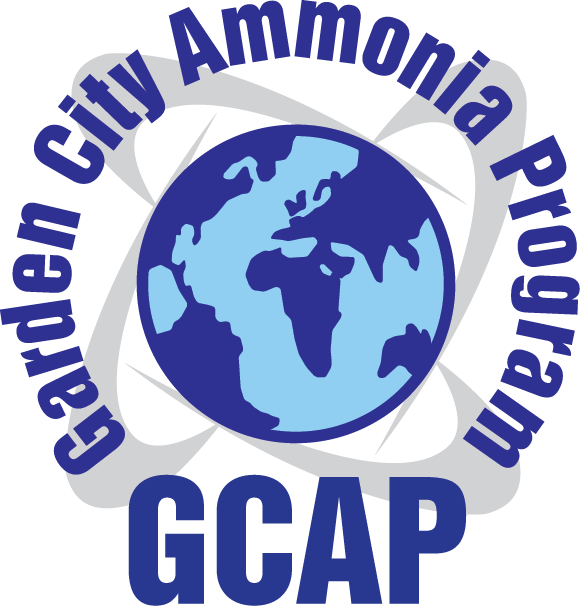Operator I
All of this material is covered or introduced to the
student at our seminar. Must have all material studied
and understood before starting the next Technician Level.
This selection of material will allow success in companies
training structure and it follows the new IIAR Task Force
Guideline.
Day One: Ammonia Refrigeration Basics
Covers all aspects of using ammonia as a refrigerant. Describes both single-stage and two-stage ammonia systems. Explains the importance of accumulators and intercoolers in ammonia refrigeration. Concludes with coverage of liquid recirculation system operation.
Ammonia Characteristics
Topics:
Ammonia sources, uses, and chemical characteristics; Environmental, hazardous material concerns; Temperature-pressure relationships; Materials compatibility; MSDS criteria; Safety
Learning Objectives:
- Name common uses of ammonia and describe benefits of ammonia refrigerant in terms of ozone depletion and global warming potentials (ODP and GWP).
- Describe the properties of ammonia and explain how they affect the use of ammonia as a refrigerant.
- Discuss the toxicity and flammability of ammonia and its classification as a hazardous material.
- Discuss important features of ammonia saturation curves, reactions with metals, and MSDS criteria.
- Name two standards governing ammonia refrigeration systems and describe the four main ammonia safety concerns, steps for their prevention, and first aid treatment in the event of exposure.
Single-Stage Ammonia Systems
Topics:
Positive-displacement systems; Refrigeration loads; Primary, secondary refrigeration system components; Components in parallel; Superheat; Single-stage pressure-enthalpy diagram
Learning Objectives:
- Briefly compare absorption and mechanical compression systems, compare dynamic and positive-displacement compressors, and name those generally used in industrial ammonia refrigeration systems.
- Explain how a positive-displacement compressor increases the ammonia vapor pressure.
- Define British thermal unit (Btu), specific heat, sensible heat, latent heat, and tons of refrigeration.
- Name four primary components in single-stage ammonia refrigeration systems and describe their functions.
- Describe the functions of the oil separator, high-pressure liquid receiver, king valve, and suction accumulator in single-stage ammonia refrigeration systems.
- Define superheat, enthalpy, and entropy and explain how they are used on the pressure-enthalpy (P-H) diagram.
Two-Stage Ammonia Systems
Topics:
Compression ratio; Compressor capacity; Two-stage system division, Booster desuperheater, intercooler; Two-stage system components, performance; Complex two-stage systems
Learning Objectives:
- Define compression ratio and explain its importance in single-stage and two-stage industrial ammonia refrigeration systems.
- Explain why flash gas removal, booster discharge-vapor desuperheating, and interstage liquid cooling are desirable in the two-stage system.
- Plot a two-stage refrigeration system on an ammonia pressure-enthalpy (P-H) diagram.
- Name the primary and secondary components of a two-stage refrigeration system and describe component functions.
- Explain why a two-stage system requires less overall power than a single-stage system.
Suction Accumulators and Intercoolers
Topics:
Need for suction accumulators; Accumulator design features; Liquid/vapor separation; Intercoolers; Shell-and-coil vs flash intercoolers; Alternate intercoolers
Learning Objectives:
- Explain why suction accumulators are needed and describe the damage that can result from liquid entering the compressor.
- Discuss the purposes and reasoning behind the design features, including the boil-out coil, of suction accumulators.
- Describe the various ammonia refrigerant liquid/vapor separation criteria.
- Explain how the intercooler deals with flash gas and desuperheats the booster discharge.
- Describe basic differences between a flash intercooler and a shell-and-coil intercooler.
- Describe typical configurations for alternate intercoolers provided with internally compounded compressors.
Liquid Overfeed (Recirculation) Systems
Topics:
Liquid overfeed, recirculation systems; Recirculation system advantages and disadvantages; Recirculation vessel design; Pumper drum system; Controlled pressure receiver system
Learning Objectives at the end of GCAP's program is to understand the below information.
- Describe the various functions performed within the recirculation vessel.
- Discuss the advantages and disadvantages of recirculation systems.
- Describe design features of horizontal and vertical recirculation vessels.
- Discuss the surge-volume requirements of a recirculation system and reasons for high-level alarm/cutout controls on the recirculation vessel.
- Describe the features and drawbacks of various kinds of liquid-refrigerant pumps.
- Describe the operation of pumper drum (gas-pressure) recirculation systems and controlled pressure receiver (CPR) recirculation systems.
Day Two: Positive-Displacement Compressors
Begins with coverage of reciprocating compressors-their design, lubrication, efficiency, and application. Covers rotary vane compressor operation and limitations. Details screw compressors and the operation of related drive, lubrication, capacity control, and safety systems. Discusses oils and the importance of system lubrication.
Reciprocating Compressors
Topics:
Features of industrial ammonia reciprocating compressors; Capacity control; Lubrication; Efficiency; Application data; Compound compressors
Learning Objectives:
- Briefly describe the evolution of ammonia reciprocating compressors.
- Describe typical design features of today's reciprocating compressors.
- Explain how capacity control and proper lubrication are achieved in ammonia reciprocating compressors.
- Explain how to use volumetric and adiabatic efficiency data and the performance factor in sizing or selecting compressors for an application.
- Describe the function and basic design requirements of internally compounded reciprocating compressors.
Sliding-Vane Rotary Booster Compressors -
Topics:
Rotary vane compressor design and operation; Fixed volume ratio; Applicability; Limitations; Capacity control
Learning Objectives:
- Describe the basic operation of sliding-vane rotary booster compressors.
- Explain the principle of fixed volume ratio compressors.
- Describe typical rotary compressor design features.
- Explain why sliding-vane rotary compressors have been replaced by screw compressors.
- Discuss the reasons for rotary vane compressor speed limitations and the causes and effects of blade wear.
- Describe how capacity control is achieved in rotary compressors.
Oil-Flooded Screw Compressors
Topics:
Oil-flooded screw compressor operation; Fixed volume ratio; Capacity control in fixed - variable compressors; Efficiency; Compound compressors; Application criteria
Learning Objectives:
- Discuss the developments that led to the use and acceptance of the oil-flooded screw compressor in industrial refrigeration.
- Describe typical design features of single-screw and twin helical screw compressors.
- Explain how the compression system works within screw compressors.
- Compare fixed and variable volume machines and their applications.
- Explain how the capacity-control slide valve and variable Vi slide stop function.
- Describe the general range of application for screw compressors.
Screw Compressor Units
Topics:
Screw compressor systems; Drive systems; Lubrication, refrigerant/oil separation - oil cooling, economizer/side load, capacity control, microprocessor control, and safety systems
Learning Objectives:
- Explain why screw compressors are provided as units and describe the main systems that make up the screw compressor unit.
- Explain why a vertical or horizontal oil separator may be preferred and explain why check valves are used on the unit inlet and outlet connections.
- Discuss drive methods and oil distribution methods used on screw compressors and describe tasks provided by the lubricant within the compressor.
- Explain how the refrigerant vapor/oil separation system operates and list the methods and benefits of oil cooling in screw compressor units.
- Discuss the beneficial uses of the side port and the operation of the screw compressor capacity reduction slide valve control system.
- Name the codes and other criteria with which ammonia refrigeration systems must comply to establish and maintain a safe work environment.
Ammonia Systems Lubrication/Oil Management
Topics:
Need for lubrication; Miscibility; Viscosity; Lubricants and oils; Lubricant selection - handling and management; Separators; Low-side oil recovery
Learning Objectives:
- Discuss the purposes of lubricants in ammonia systems.
- Define the terms used to describe and specify lubricants and oils and discuss the importance of the miscibility and viscosity relationships between lubricants and ammonia.
- Describe the proper methods for handling lubricants.
- Explain how oil is separated from the refrigerant vapor within the screw compressor system.
- Describe the IIAR-approved method for removing oil from the system low-side oil pots.
- Name lubricants recommended for use with ammonia systems and explain the importance of using only specified lubrication products.
Day Three: Evaporators, Condensers, and Controls
Covers gravity feed, overfeed, dump trap, CPR, and DX supply systems. Describes evaporator and evaporative condenser design, selection, and operation. Discusses various defrost systems-hot gas, electric, water, and glycol spray. Examines stop, shutoff, relief, check, solenoid, expansion, pressure-regulating, and float valves.
Liquid Ammonia Evaporator Supply Methods
Topics:
Gravity feed, liquid overfeed, pumped overfeed, dump trap, controlled pressure receiver - direct expansion, and flooded liquid chiller systems
Learning Objectives:
- Explain how refrigerant flows in a thermosyphon system and describe the requirements for a surge drum in a gravity feed system.
- List the benefits of a machine room liquid recirculation unit and benefits compared to direct expansion systems.
- Describe the various level controls used in a recirculation unit and explain how the liquid refrigerant is pumped from the recirculation unit through the evaporator coils.
- Describe how a dump trap functions and how it differs from a pumped overfeed system.
- Discuss the differences between a recirculation unit and a CPR system.
- Explain how a thermal expansion valve works and why a DX coil must have more heat transfer surface than an overfeed coil.
- Describe the liquid feed and operation of flooded ammonia shell-and-tube fluid coolers.
Evaporators
Topics:
Evaporator operation and heat transfer principles; Tube design; Chillers; Air coils; Freezers; Ice makers; Specialty evaporators
Learning Objectives:
- Discuss basic details of evaporator operation, including the use of secondary coolant.
- List basic principles affecting evaporator heat transfer ability in DX and liquid overfeed systems.
- Discuss the reasons for coil fins and enhanced tube designs.
- Describe common DX and flooded liquid chillers.
- Discuss the construction and operation of evaporators used as air coils (coolers), including the benefits of penthouse installation.
- Describe the operation of various common kinds of freezers and ice makers.
- Explain how subcoolers, intercoolers, and thermosyphon oil coolers function as evaporators.
Air Unit Defrost Systems
Topics:
Reasons for defrost; Hot gas, soft hot gas, electric, water, continuous glycol spray - and room air defrost; Defrost cycle initiation and termination
Learning Objectives:
- Explain why ice and frost form on a coil and discuss the problems resulting from this formation.
- Describe the basic process of defrosting by means of hot gas from the compressor discharge.
- Explain how the soft hot gas defrost system protects large industrial coils.
- Describe common defrost methods that do not use hot gas-electric, water, continuous glycol spray, and room air.
- Describe preset timer defrost methods.
Evaporative Condensers
Topics:
Evaporative condenser basics and design features; Condenser selection; Condenser location; Refrigerant piping; Winter operation and capacity control; Water treatment
Learning Objectives:
- Describe the basic differences between air-cooled, water-cooled, and evaporative condensers and discuss the main operating features of each.
- Discuss the benefits of the evaporative condenser and explain why it has the lowest condensing temperature.
- Describe the design components of an evaporative condenser and explain how they work together to provide cooling.
- Discuss both the process of condenser selection and good and bad practices in locating condensers.
- Describe proper piping and equalization practices for both single and multiple condenser installations.
- Explain the need for condenser winterization and capacity control and discuss proper water treatment to control mineral and bacterial content.
Control Valves and Switches
Topics:
Safety relief, stop and shutoff, check, solenoid, hand expansion, pressure regulating, and float valves; Float valve switches and controllers
Learning Objectives:
- Discuss the relief valve safety requirements as specified by the ASHRAE 15 code.
- Explain why dual relief valves are used, describe proper positioning of the three-way diverting valve, and explain how to calculate relief valve flow capacity.
- Describe the functioning of the various stop valves used on ammonia systems and explain why angle valves are preferred.
- Describe the various kinds of check valves and solenoid valve uses in automatic control on ammonia refrigeration systems.
- Describe the operation and functions of the hand expansion valve and describe typical pressure regulating valve applications and methods by which the valve is controlled.
- Discuss system high-side and low-side float valve uses and describe the operation of mechanical float switches.
- Discuss the benefits of the newer electronic level controllers in the automatic control of liquid levels, safety alarms, and system shutdown procedures.
Day Four: Purging, Piping, and Safety
"GCAP's TEST AT END OF THIS DAY"
Explains the effects of noncondensables on an ammonia system and the importance of their removal. Covers a wide range of piping considerations-sizing, flow rate, pressure drop, and others. Concludes with a thorough coverage of safety codes and programs, including ANSI/ASHRAE, IIAR, OSHA, and EPA information.
Purging Air and Noncondensables
Topics:
Materials to be purged; Effects of noncondensables; Power penalty; Purge point locations; Automatic purging; Economics of purging
Learning Objectives:
- List common noncondensable vapors and discuss their effects in a refrigeration system.
- Discuss the power penalty resulting from noncondensable gases in terms of compression and loss of refrigeration capacity.
- Explain how to determine the presence of noncondensables.
- Explain how to minimize the entrance of noncondensables and describe common entry points.
- Compare the features and operation of manual and automatic purging equipment and name the best connection points for the purge unit.
- Discuss the economic benefits of the purge unit in terms of typical payback time
Ammonia System Piping
Topics:
Pressure drop in pipes; Laminar and turbulent flow; Line sizing, flow rate, suction line pressure drop, discharge line pressure charts; Special piping situations
Learning Objectives:
- Discuss the relationship between pressure drop requirements and pipe sizing.
- Discuss the factors that affect the pressure drop in a pipe.
- Explain the significance of the Reynolds number and the distinction between laminar and turbulent flow.
- Discuss the use of various kinds of line sizing charts including flow rate tables, equivalence tables for fittings and valves, and pressure drop charts.
- Explain how to select the proper suction line, discharge line, and liquid line sizing for an ammonia system.
- Discuss special piping situations that require alternative sizing or installation.
Ammonia System Safety Codes and Guidelines
Topics:
Codes for ammonia refrigeration systems; ANSI/ASHRAE 15-1994; ASMEB 31.5; IIAR2; IIAR bulletin 111; IIAR bulletin 112
Learning Objectives:
- Describe the basic differences between ASHRAE and ASME codes and IIAR standards and guidelines.
- Discuss several main points in the ASHRAE 15-1994 safety code for mechanical refrigeration.
- Describe code requirements based on the occupancy classifications, leak probability classifications, and refrigerant characteristic classifications.
- Describe several requirements in the ASME B 31.5 refrigeration piping code concerning the materials and fabrication of refrigeration piping systems.
- Name several safety requirements specified by IIAR 2 for ammonia refrigeration equipment.
- Describe the kinds of information provided by IIAR bulletins.
OSHA Process Safety Management
Topics:
OSHA regulations; PSM requirements; Estimation of ammonia inventory; PSM plan development; Process safety information, hazard analysis; Standard operating procedures; Contractor procedures
Learning Objectives:
- Discuss the purposes of Process Safety Management and describe the thirteen elements that make up PSM.
- Describe the process for estimating a plant's ammonia inventory and establishing a plant ammonia library and explain why each is needed.
- Discuss the personnel and steps involved in developing a PSM plan for a specific refrigeration plant.
- Describe the process hazard analysis (PHA) and explain how it can reduce the likelihood of ammonia accidents and spills.
- Describe the requirements for preparing standard operating procedures (SOPs) for all normal plant service, repair, and maintenance.
- Discuss contractor responsibilities for PSM.
- Discuss the importance of management-of-change procedures in keeping paperwork up to date.
EPA Regulations and Ammonia Safety
Topics:
40 CFR 68; Worst case/alternate ammonia release scenario; Elements in common with OSHA PSM; Penalties for nonconformance
Learning Objectives:
- Describe the purposes of the EPA Risk Management Plan and compare it to the OSHA Process Safety Management program.
- Explain the reasoning behind the dual hazard assessment requirements of a worst-case ammonia release and the more practical alternative ammonia release.
- Discuss the toxic end point criteria for an ammonia release and distinguish between rural and urban end points and differences in requirements.
- Discuss the importance and difficulties of presenting the required release data and plan to the community.
- Discuss the hazards of working with ammonia and the importance of using personal protective equipment to avoid or minimize the effects of an ammonia release.
- Describe correct first aid procedures pertaining to contact with ammonia vapor and liquid.
All the material above including lectures, which the students receives with the course, and hands on demonstrations in our hands on Lab, should help quick start the student's career in the ammonia industry. No other school offers this amount of information for the first course. We feel that you can not build an operator in a week, it takes years and we want to get the material in their hands early so a complete training package so on the job training will be affective. Then this will prepare them to grow into an Industrial Refrigeration Technician. With the standard we follow, students will be successful.
Five Day Seminar includes: "All the material above plus below"
Fifth Day:
RETA's Certification Exam "CARO" AT END OF THIS DAY
Additional 1/2 day review of RETA Book Questions from IAR-I and IAR-2 that should help on their CARO TEST (if you own these books please bring with you to the course) Transportation is provided to testing center and 3 hours time limit for taking RETA's test is allowed.
Contact us for more info
Garden City Ammonia Program
2405 E. Fulton Plaza
Garden City, KS 67846
620-271-0037
620-271-0484 FAX
ammonia@pld.com
www.AmmoniaTraining.com
www.BoilerLicense.com
www.GcapCoolCast.com

Copyright 2011 - Garden City Ammonia Program - All Rights
Reserved
|
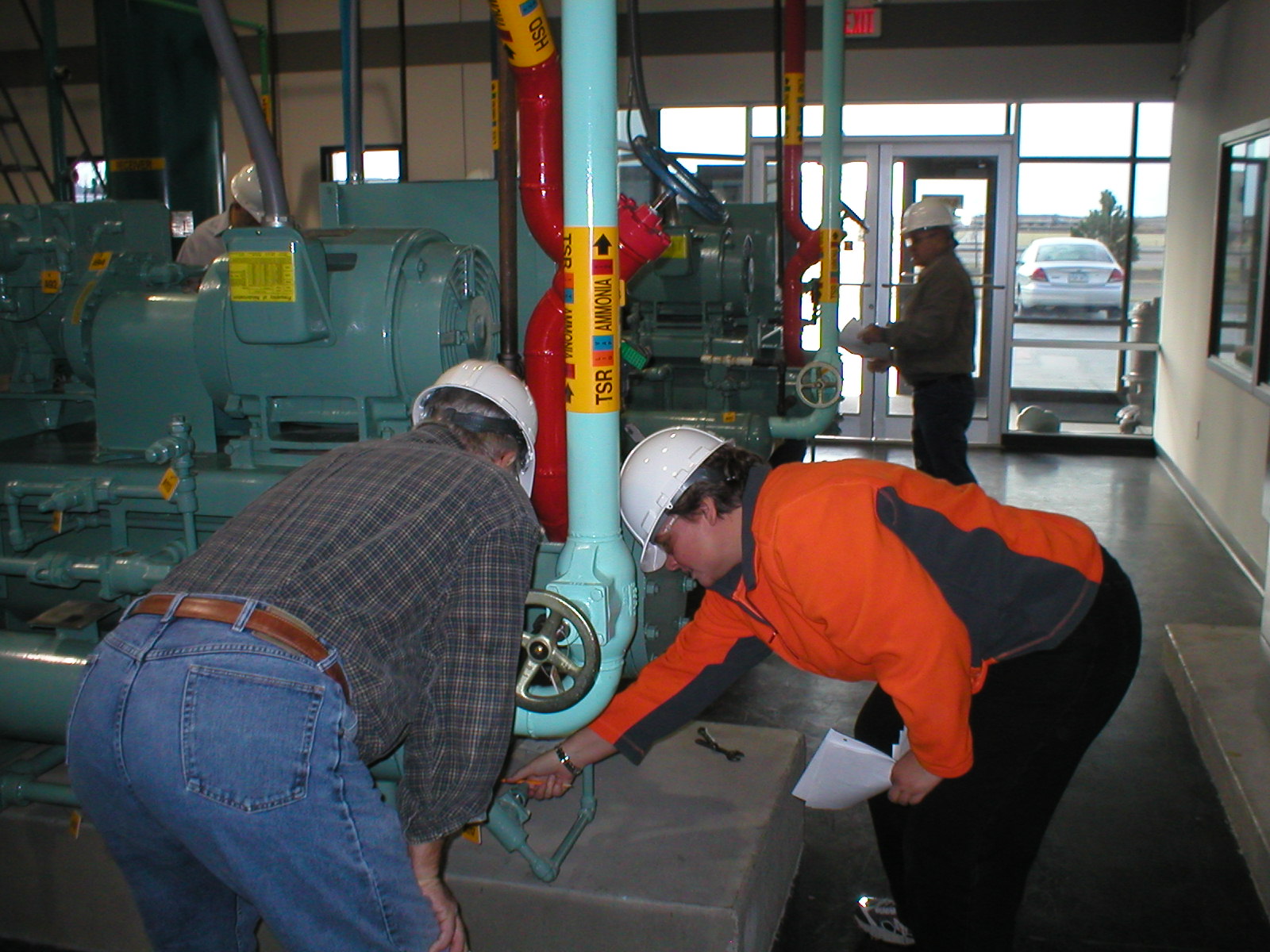 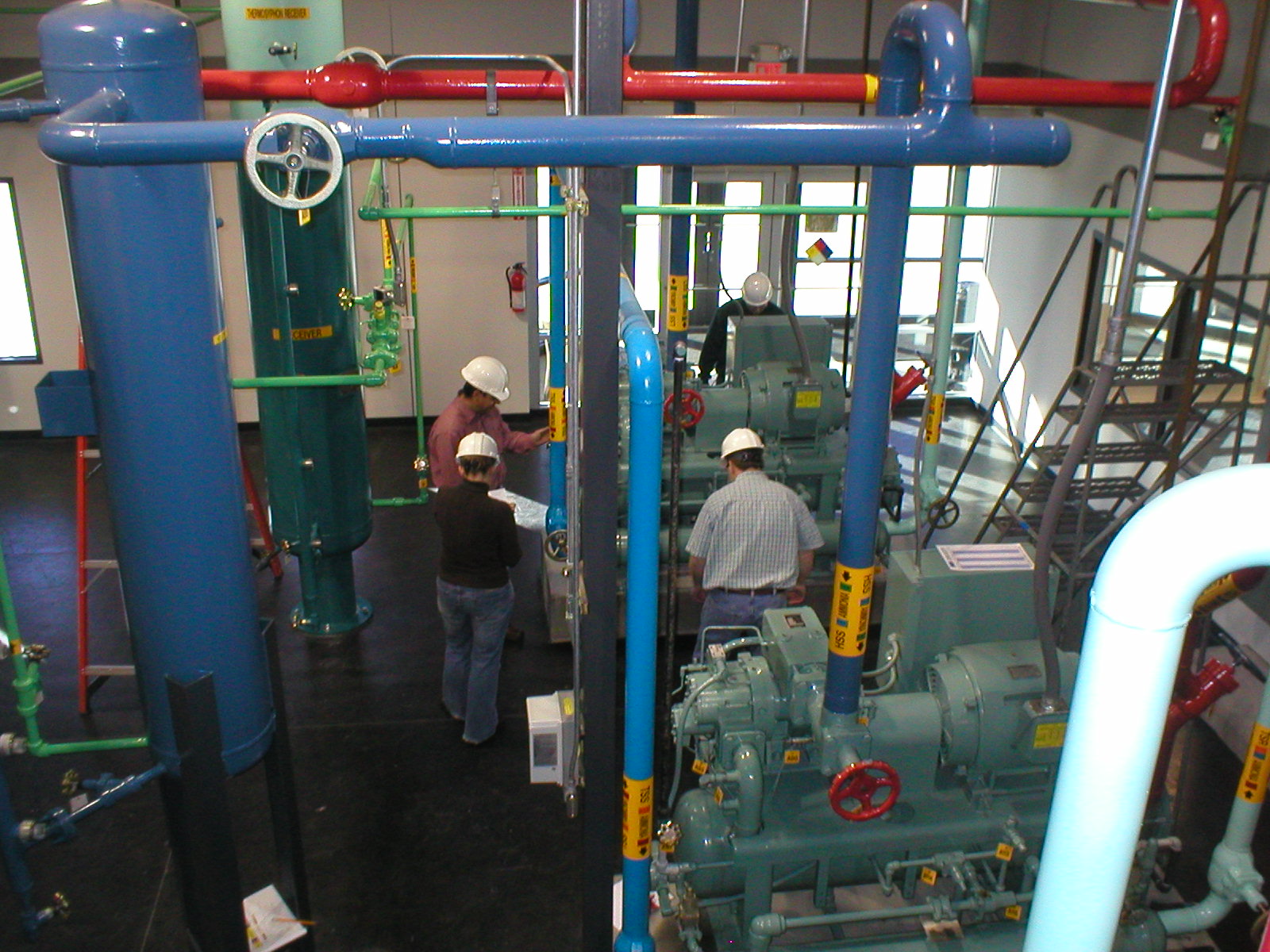 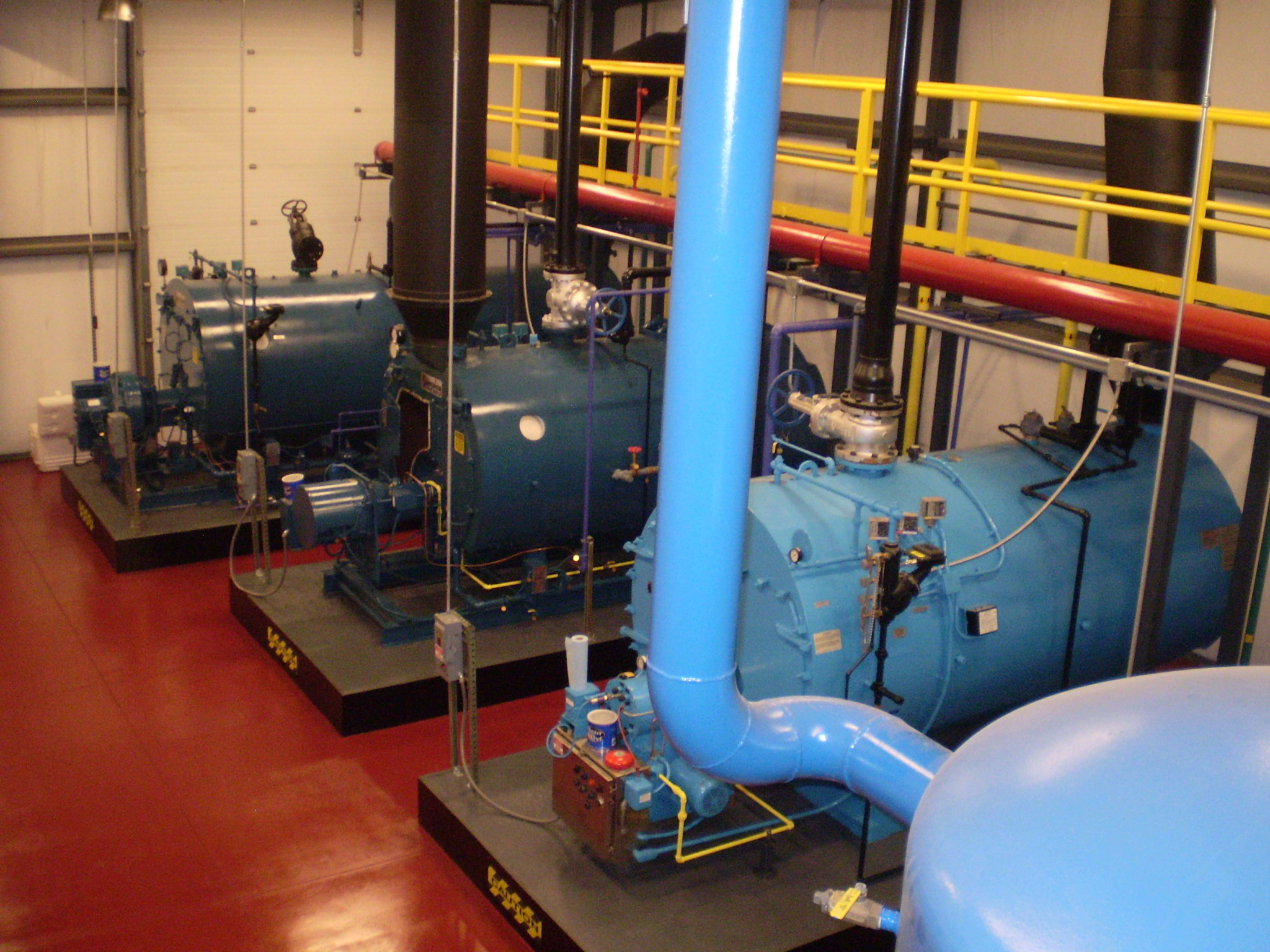 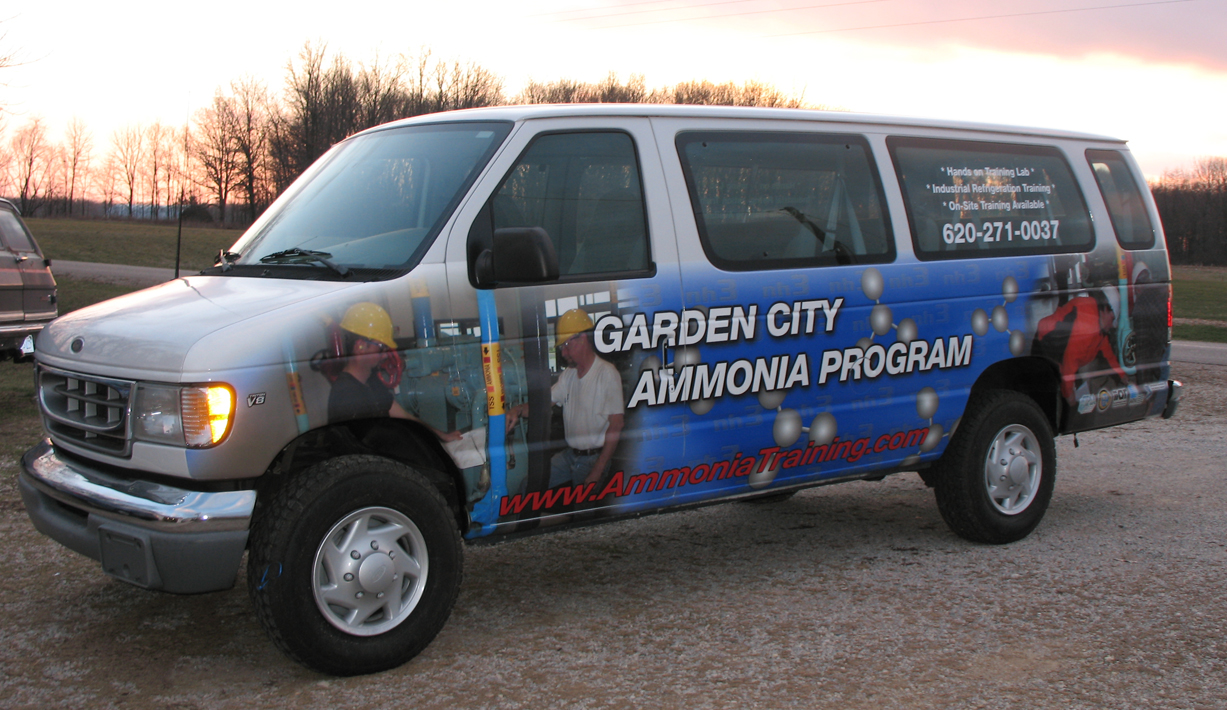 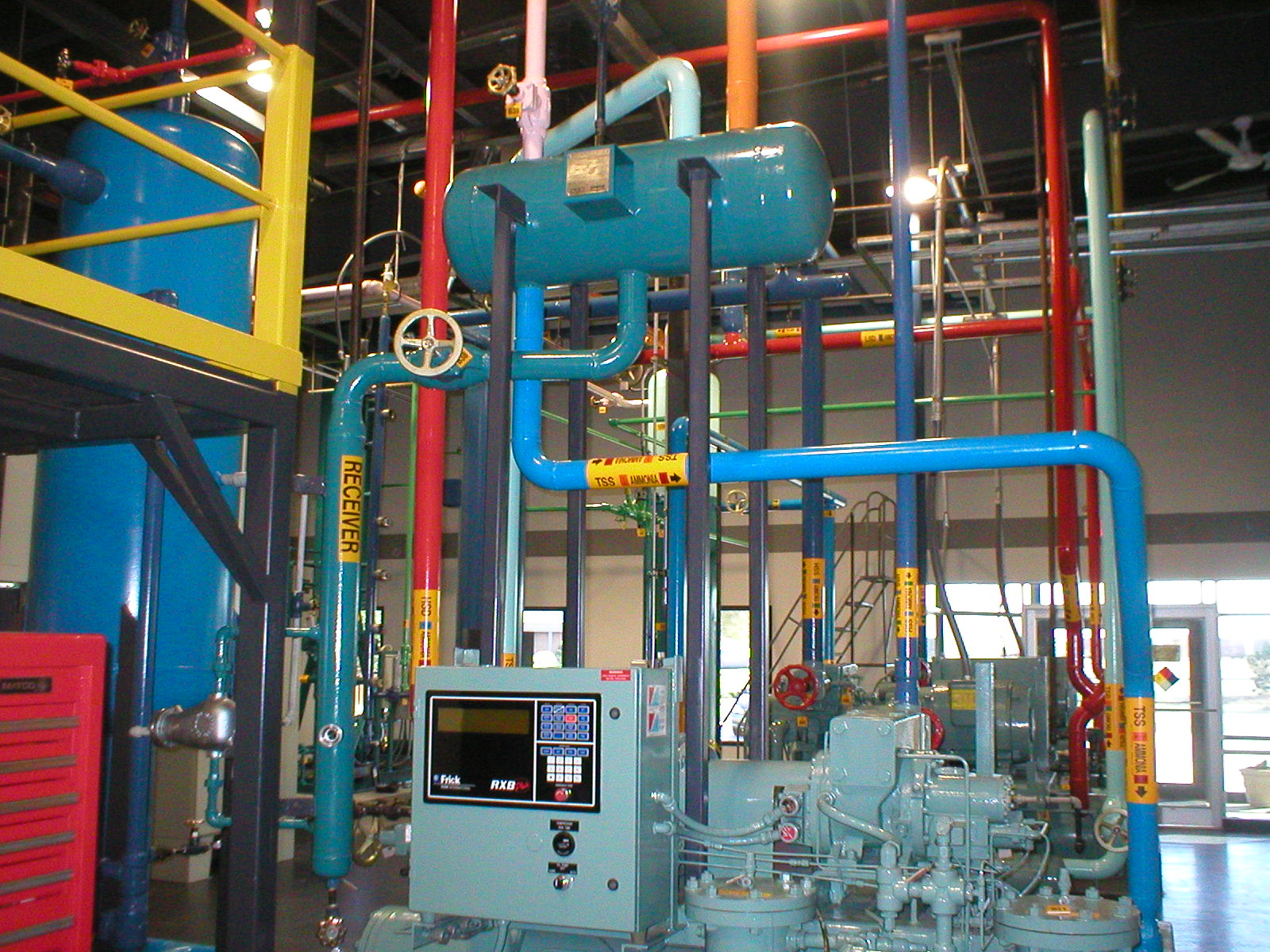 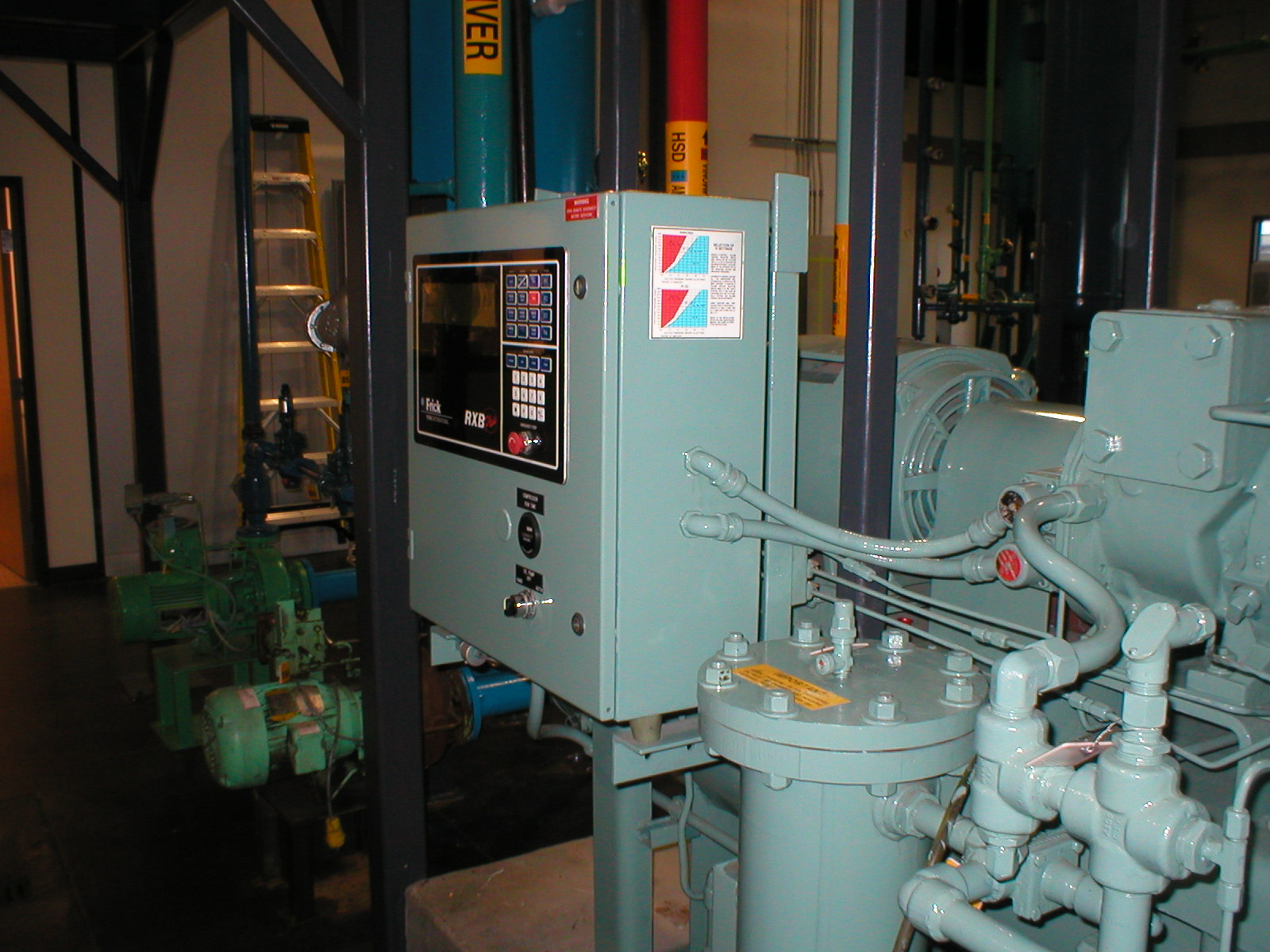 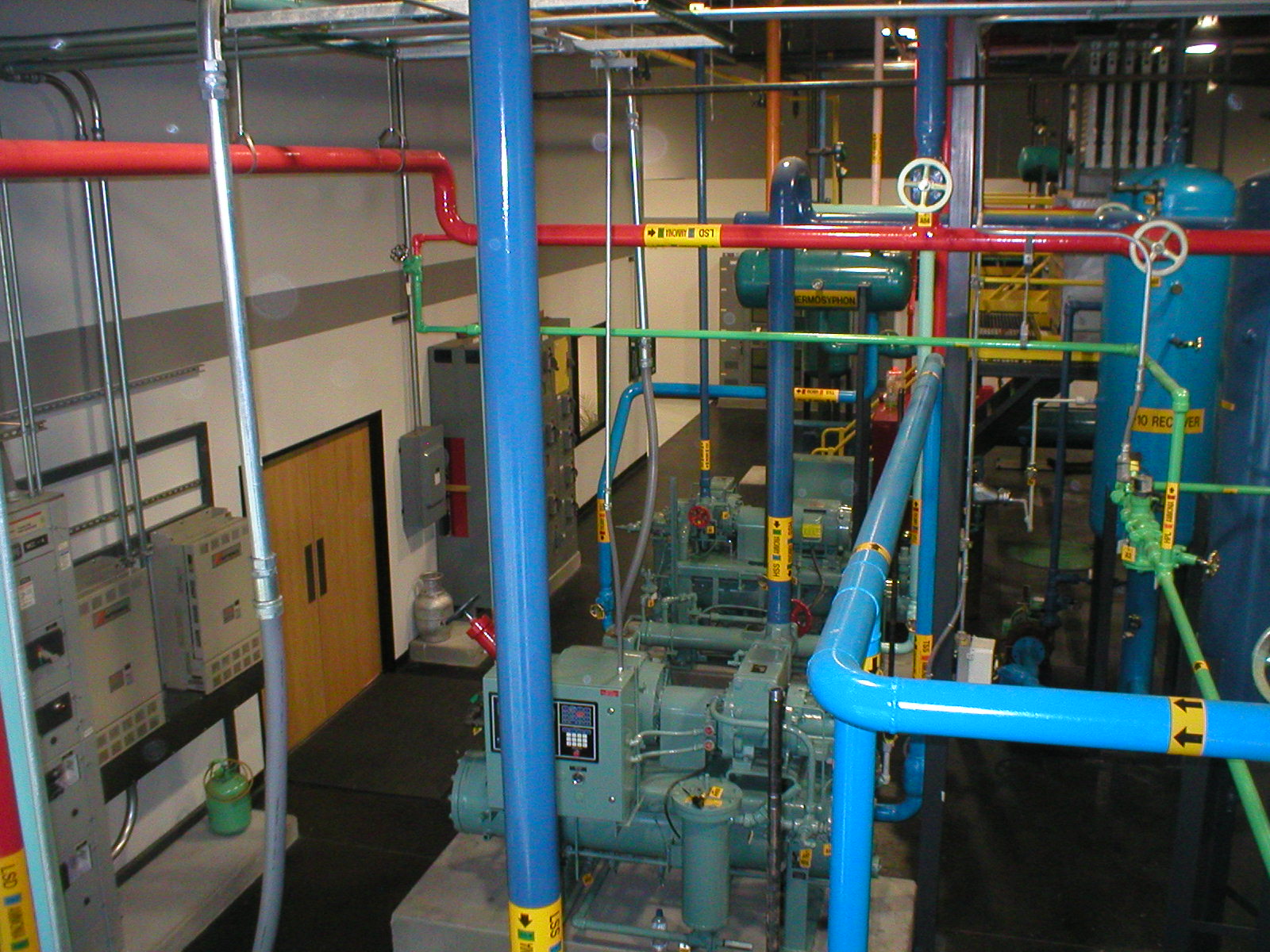 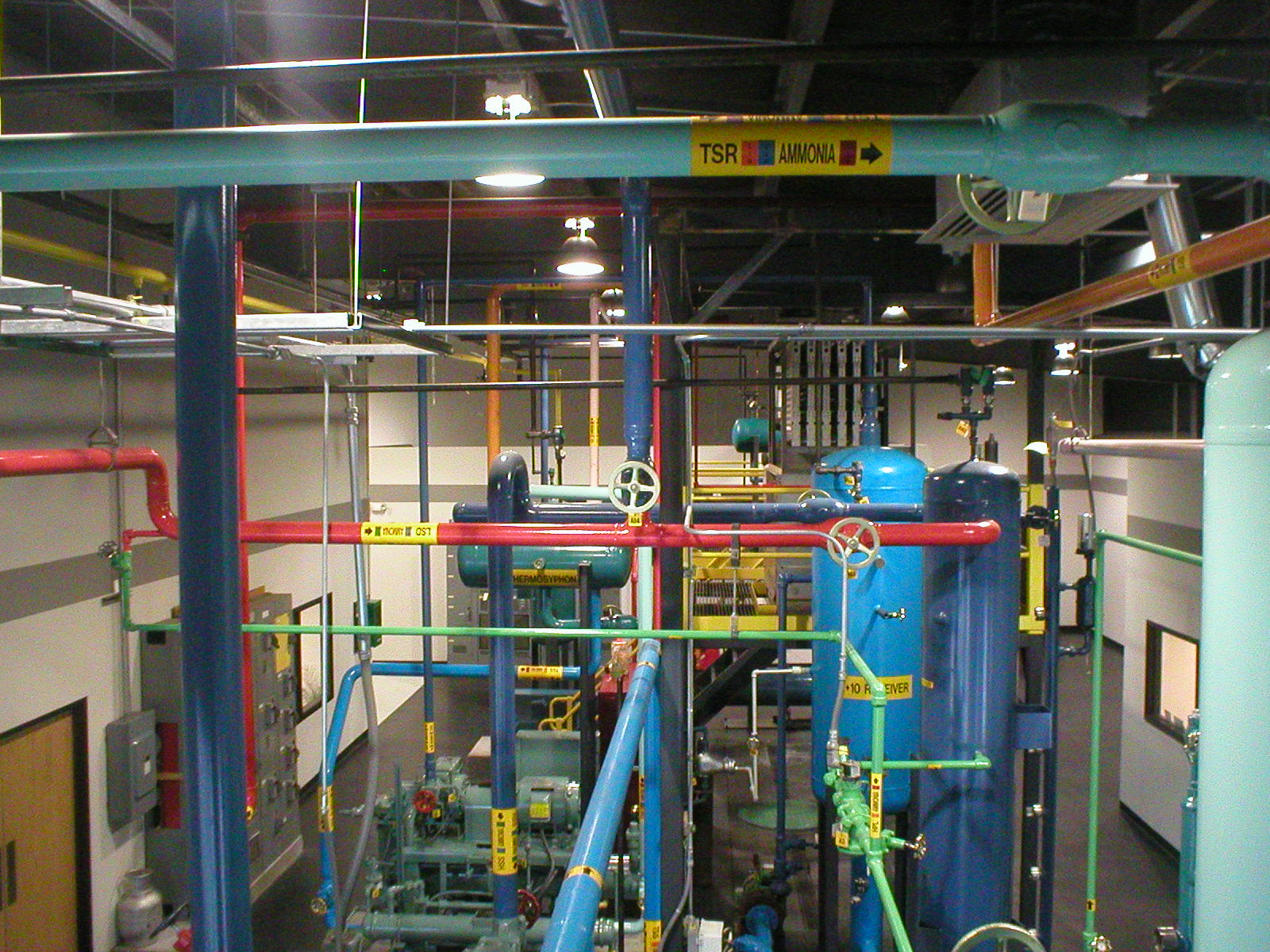 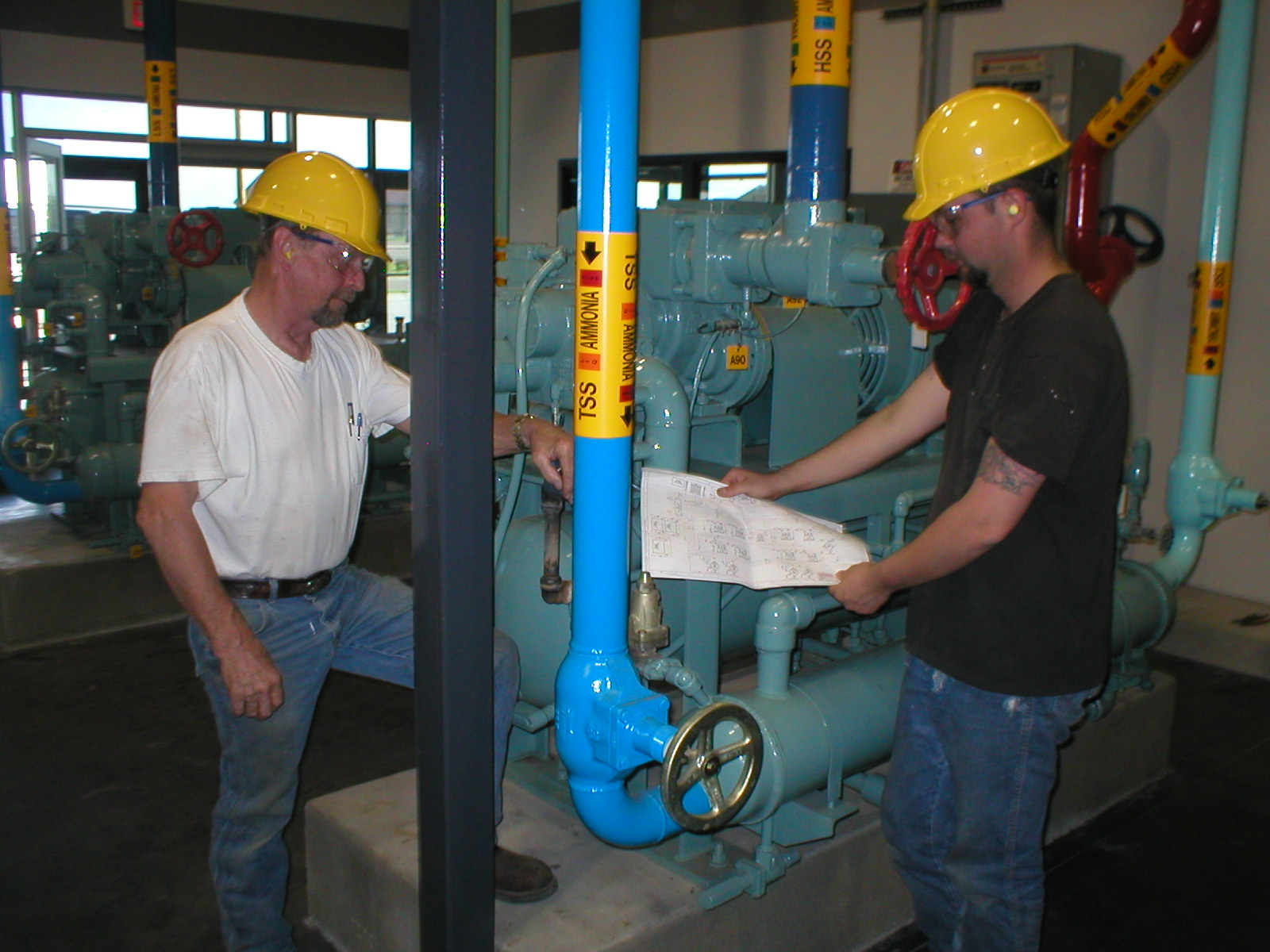 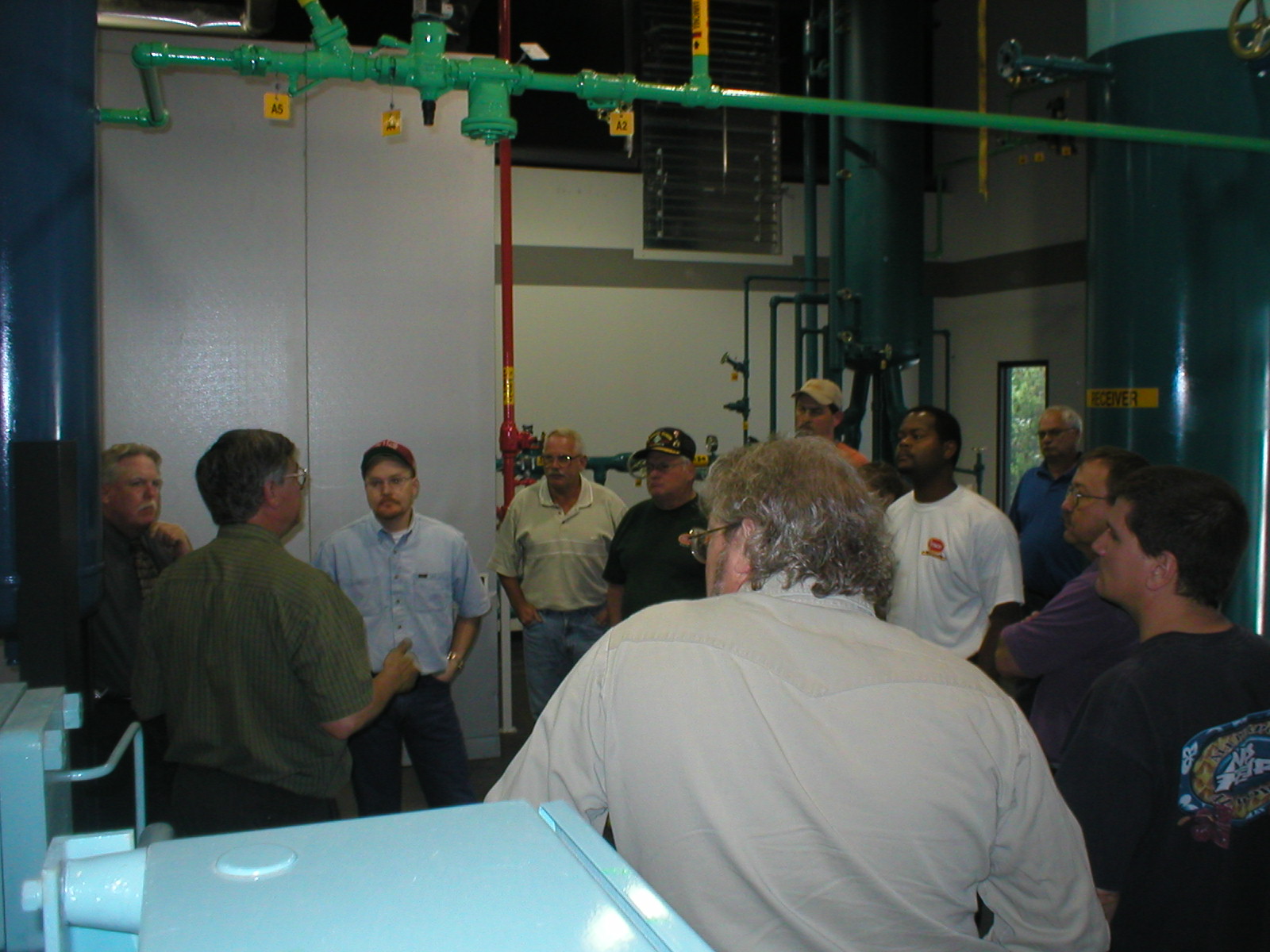 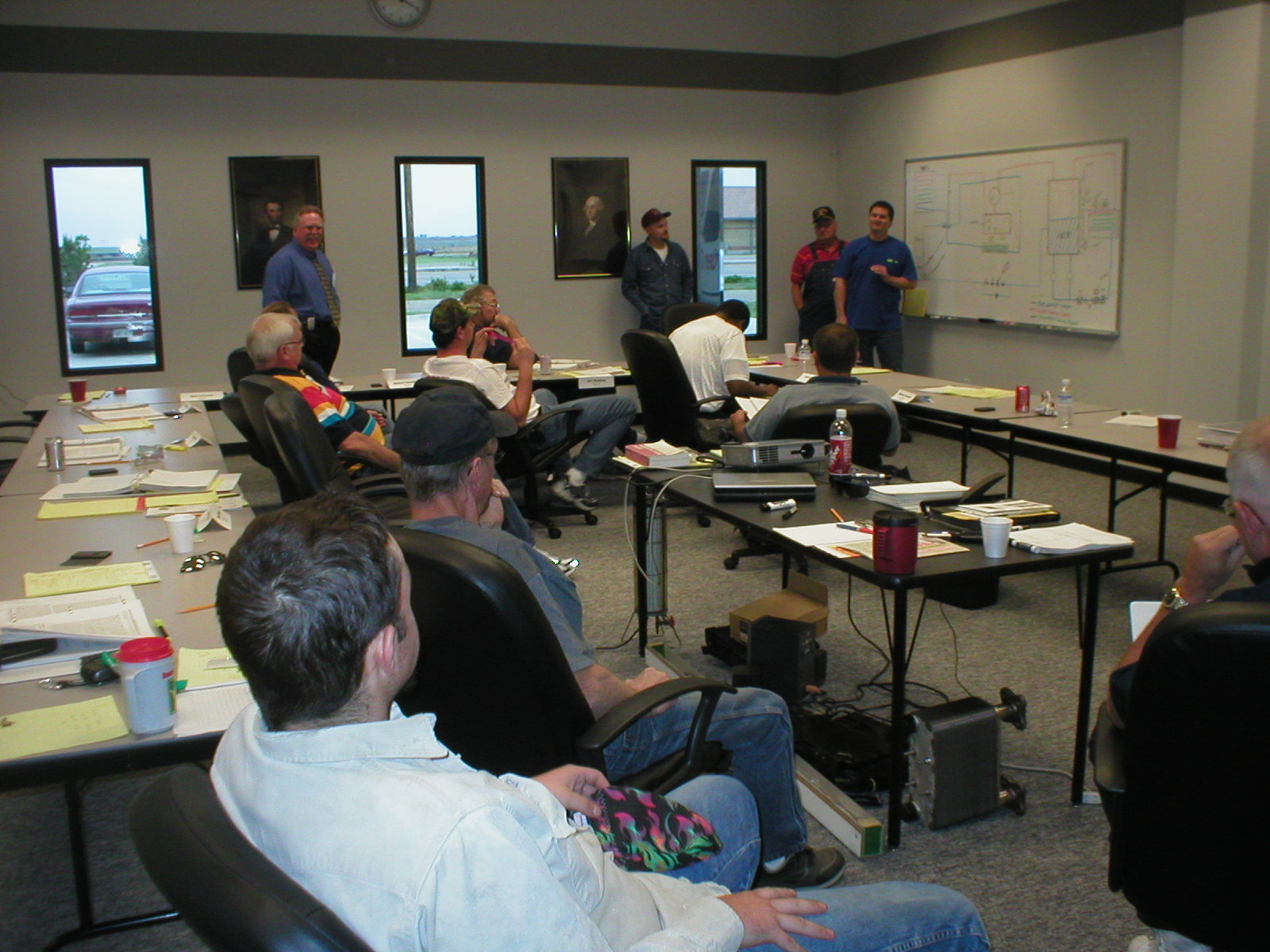 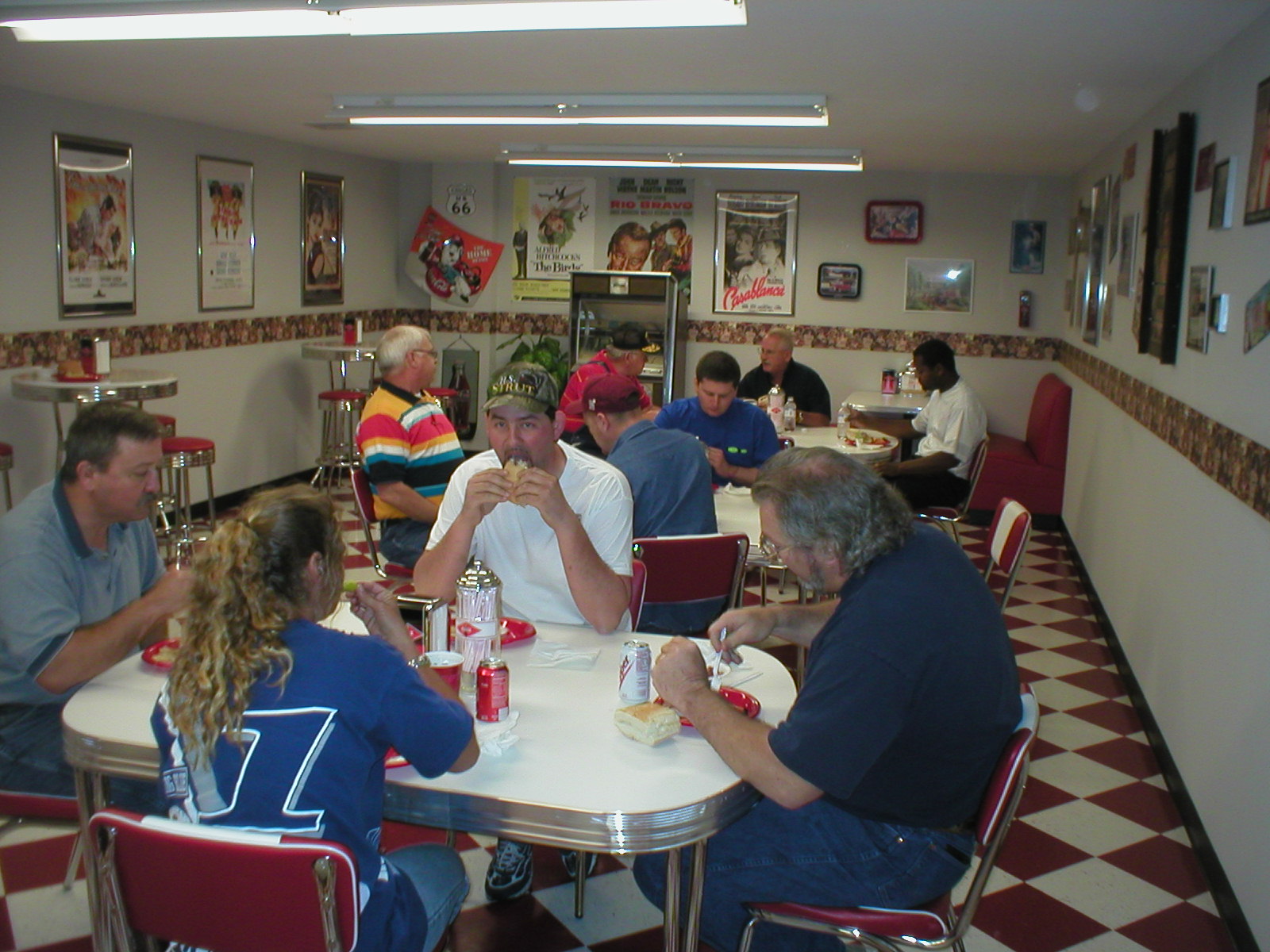  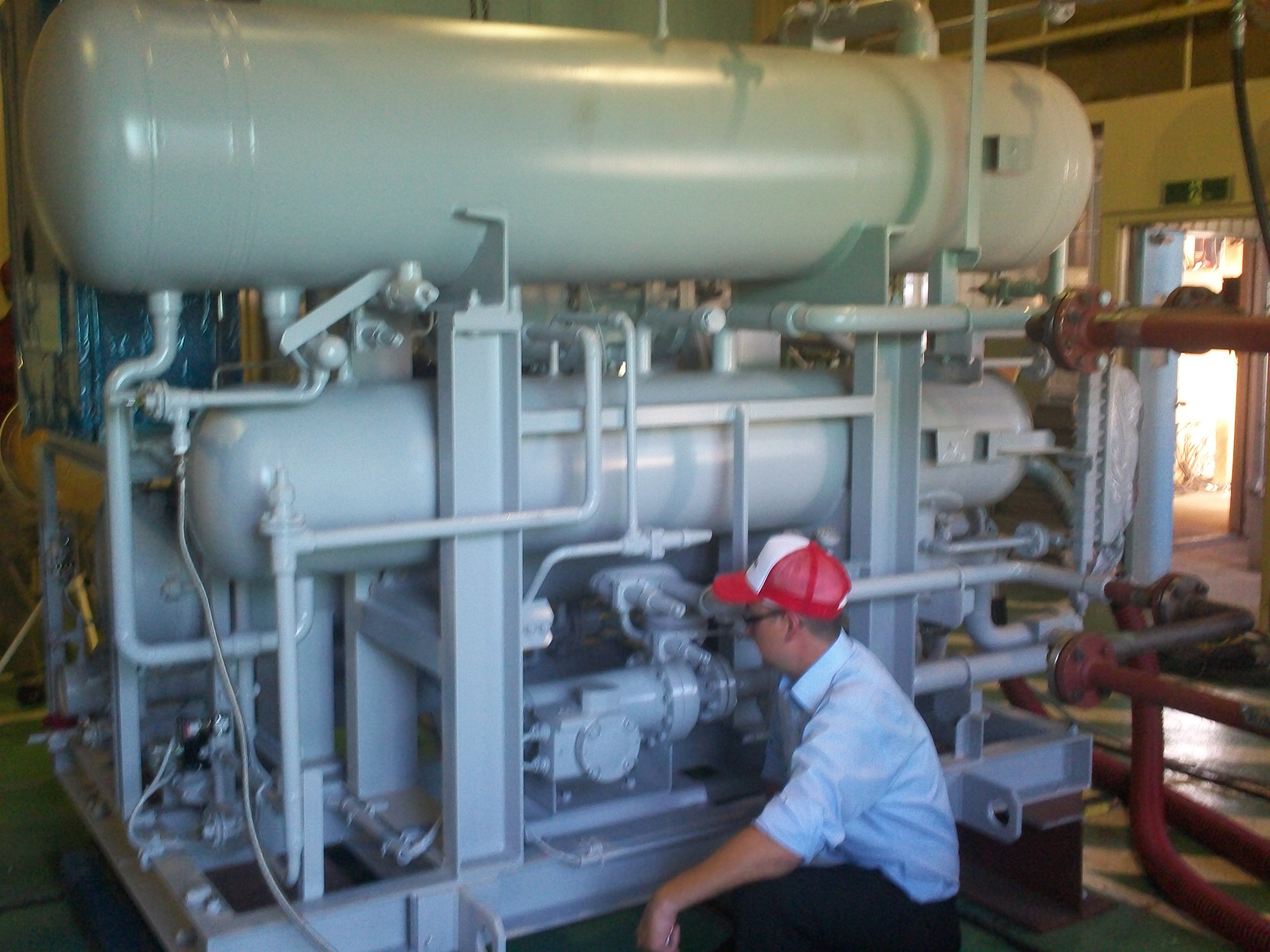 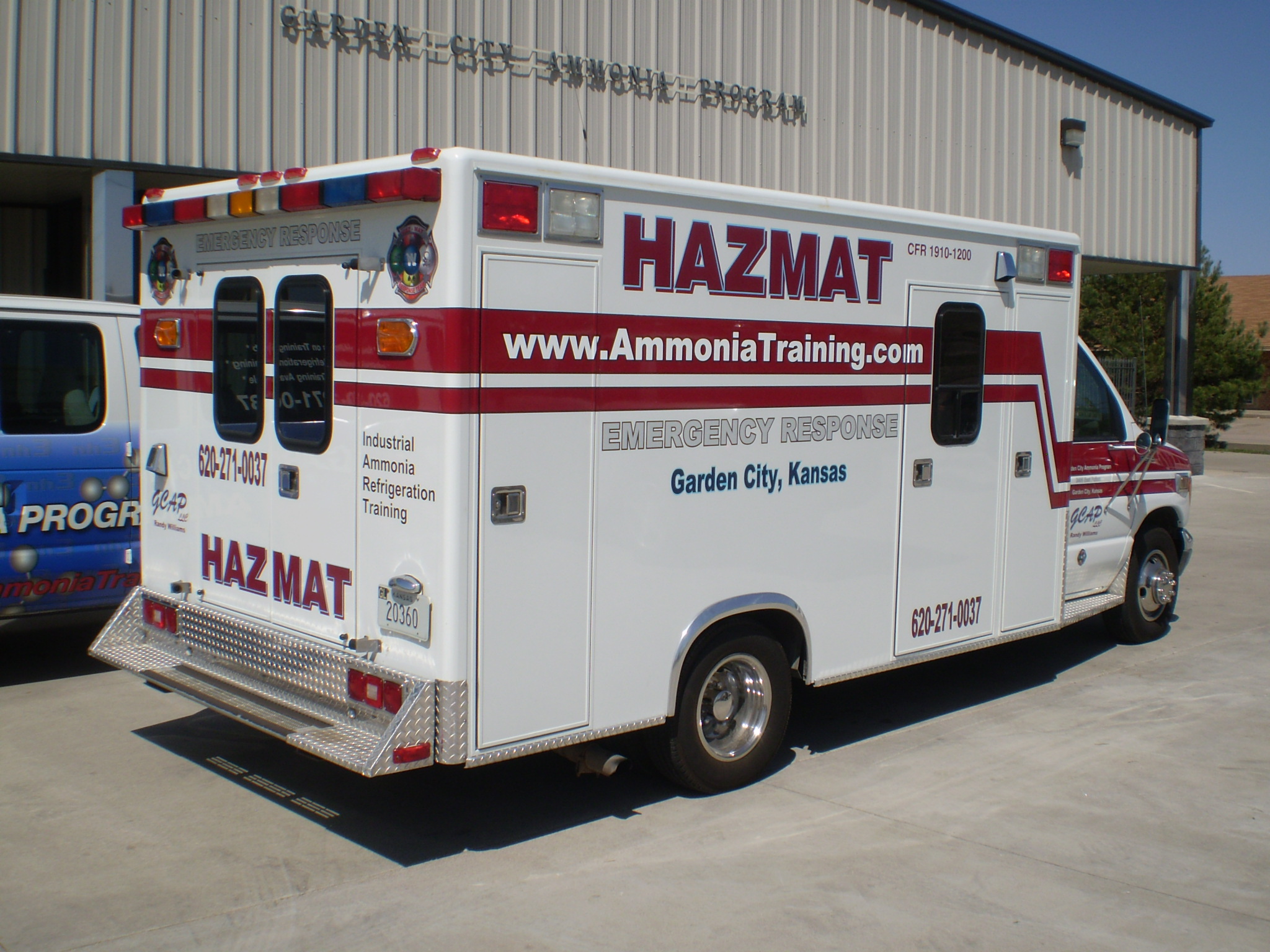
|
